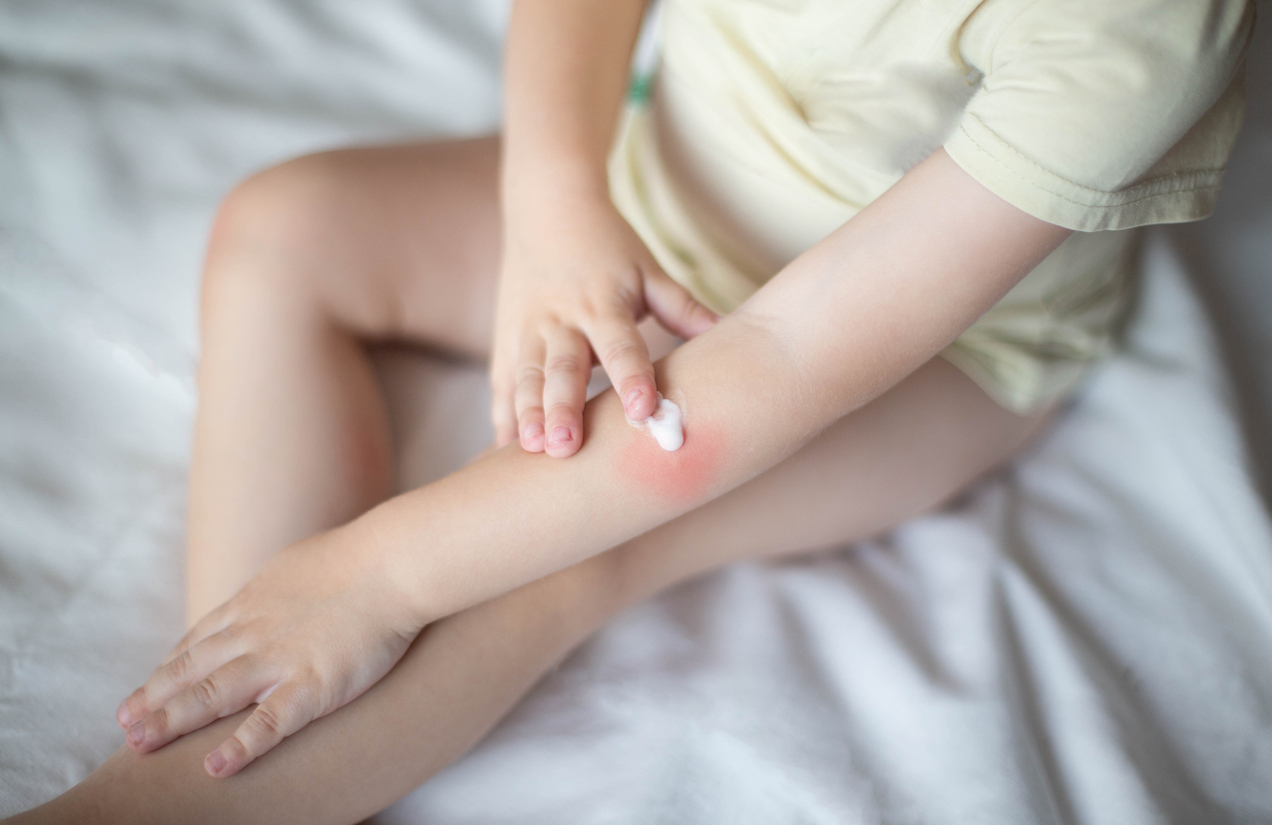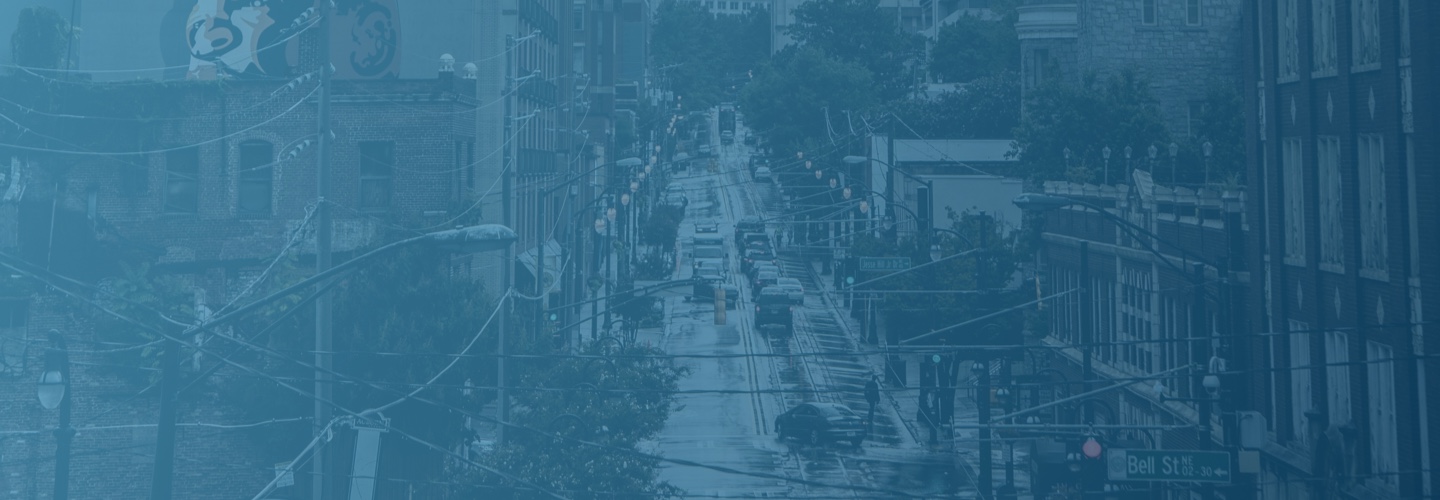Stephen Hasner | Personal Injury | April 19, 2023

Over 1,300 children and adolescents are wounded or killed by burn injuries every year in the U.S. These injuries can cause life-threatening harm, including infections and dehydration. Burns can also produce disfiguring scars.
The most common cause of childhood burns is scalding. About two-thirds of burns to infants and toddlers result from scalds. And sadly, the vast majority of those scalding burns are preventable.
Types of Burn Injuries
A burn injury happens when skin cells are damaged by:
- Heat
- Caustic chemicals
- Radiation
- Electric currents
These cause the cell walls to break down, destroying the cells.
Burns produced by heat can happen in three main ways.
Combustion
When most people think of thermal burns, they think of flames. Combustion burns happen when heat, fuel, and oxygen combine to produce flames. These burns can char skin and singe hair.
Contact
Your child can burn their skin by touching a hot object such as an iron or hot pan. A child can even get burned by sitting in a hot car seat. Rather than charring skin, these burns will cause the skin to turn red or gray.
Scalding
Scalding burns happen when your child’s skin comes into contact with hot liquids or gases. These hot fluids can transfer heat quickly and over a large area.
Common causes of scalding burns include:
- Hot baths
- Boiling water
- Steam
- Spilled hot food
- Grease spatters
Scalds can turn the skin red or gray, depending on the severity of the burn.
Childhood Burn Risks
Children are vulnerable to burn injuries for several reasons.
First, children have sensitive skin. Their skin layers are thinner, so heat travels more easily through the skin. They also have a thinner layer of fat and connective tissue below the skin than adults.
Second, children are naturally curious about the world. They may pull a pot on a hot stove, dumping hot food all over their bodies. They may also turn the faucet handle while you are not looking and increase the temperature of their bath to scalding levels.
Third, children might lack the knowledge or physical ability to avoid or escape burn risks. When you put a baby into scalding water, it cannot escape on its own. Depending on their age and abilities, they might not even be able to tell you they are getting burned.
Finally, scalding burns happen at much lower temperatures than you might expect. Water boils and forms steam at 212 F. At this temperature, a child’s skin could burn almost instantly. But even at 140 F, your child could suffer a burn severe enough to need surgery after exposure for only three seconds.
Treatment of Scalding Burns
Your skin has multiple layers. The top layer, the epidermis, forms a barrier that keeps water, chemicals, and pathogens out of your body.
The next layer, the dermis, holds sweat glands, hair follicles, blood vessels, and nerve endings. The dermis is the thickest layer. It holds the structures that circulate blood and detect touch sensations in the skin. It also keeps the skin healthy and helps regulate the body’s temperature.
The lowest layer, called the hypodermis, contains connective tissue that holds the dermis to the body. It also includes a layer of fat to insulate the body.
The treatment for scalding burns depends on the severity of the burn. Doctors use a three-degree scale to rate burns based on the depth of the damage caused by the burn.
First-Degree Burn
A first-degree burn only damages or destroys cells in the epidermis. As a result, your child will experience redness, pain, and swelling. Treatment for first-degree burns includes cooling off the burned area and bandaging it to protect the skin while it heals. Your child will probably not need medical treatment for a first-degree burn.
Second-Degree Burn
A second-degree burn damages the epidermis and dermis.
Symptoms of a second-degree burn include:
- Pain
- Redness
- Swelling
- Blisters
Treatment for these burns includes cooling off the skin and applying a bandage. Your child’s doctor may recommend applying antibiotic ointment since the blisters will burst and the skin will peel. The exposed area could develop an infection if bacteria or viruses invade through the broken skin.
Third-Degree Burn
These burns, also called full-thickness burns, completely destroy the epidermis and dermis. A third-degree burn will not cause your child pain because the nerve endings have been destroyed. And rather than looking red, the skin will look white or gray.
These burns are serious. Your child will need to go to the emergency room immediately for treatment. Doctors will remove the dead skin and replace it with synthetic skin or skin grafts to prevent dehydration and infections. Your child may need multiple surgeries to repair the burn. And even after surgery, your child may still develop disfiguring scars.
What Are the Common Effects of Scalding Burns?
There are a few long-term effects you can suffer from burns. Here are some of the most common:
Scars
Scars happen because replacement skin cells grown by your body are usually thicker, tougher, and less elastic than the original skin cells. Some second-degree burns can develop scars. But the risk of scars from a third-degree burn is significant, especially if doctors perform skin graft surgery.
Contractures
Contractures occur when damaged skin, muscles, tendons, and ligaments shrink and harden after they get burned. For example, a scalding burn to your child’s hand could force it into a claw shape, preventing them from opening or closing their hand. Doctors can sometimes treat contractures with surgery.
Liability for Hot Water Scalding Burns on Children
Hot water scalding burns could require multiple surgeries and physical and mental health therapy. All of this treatment could cost huge sums of money. If your child suffered a hot water scalding burn due to someone else’s actions, you might be entitled to pursue a legal claim on their behalf.
For example, if your child was scalded due to a defective hot water heater, you may have a product liability claim against the manufacturer. Similarly, if your child’s burn resulted from a restaurant employee spilling hot coffee on the child, you may have a negligence claim against the restaurant.
Contact the Atlanta Personal Injury Lawyers at Hasner Law, P.C. For Help
For more information, contact the Atlanta personal injury law firm of Hasner Law P.C. at our nearest location to schedule a free consultation today.
We serve in Fulton County, Chatham County, and its surrounding areas:
Hasner Law PC – Atlanta Law Office
2839 Paces Ferry Rd SE #1050
Atlanta, GA 30339
(678) 888-4878
Hasner Law PC – Savannah Law Office
221 W York St
Savannah, GA 31401
(912) 234-2334


